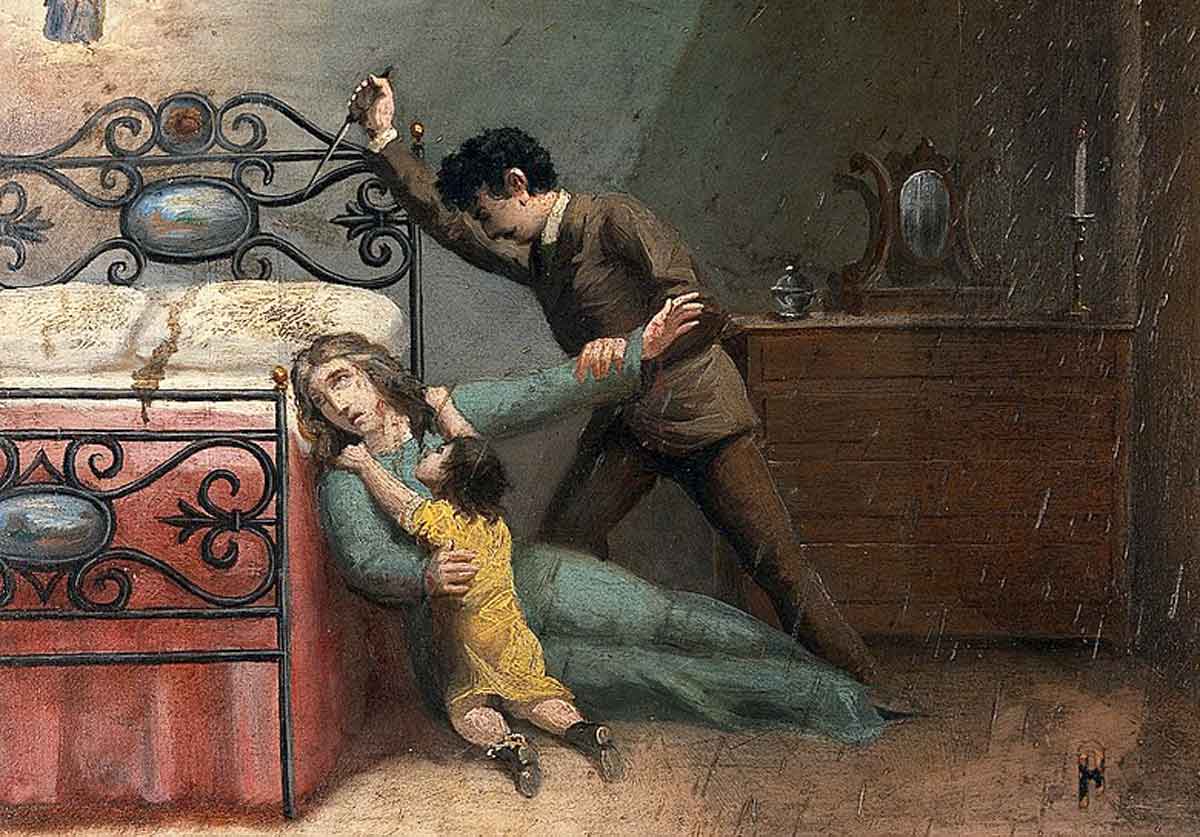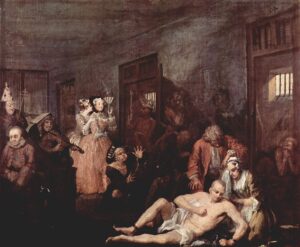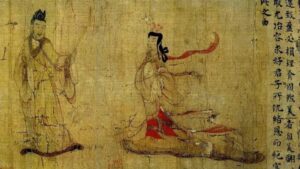The series Baby Reindeer spotlights the predicament of thousands of victims of stalkers, who find themselves helpless against an unsolicited onslaught of a stalker. Stalking is a global phenomenon. It was only in the late 1990’s in California that formal stalking laws were first promulgated, but it took years to catch on in other countries, and it was too late for a lawyer in South Africa.
The day Nina Olivier walked into George Kellerman’s office, his life turned into a nightmare. George was a prominent lawyer in a sleepy town in the Western Cape in South Africa. Little did he know the sassy, sultry looks and vivacious personality of the Brazilian born 30-something mother of two, masked a very disturbed psyche. Nina hired George to represent her in her divorce case, but by the time the divorce was granted, she had formed an obsession with him. Although George, aged 47, was divorced, he was not interested in Nina. He found her attentions invasive and although he had originally been cordial towards his client, he felt she had misinterpreted his intentions completely. For a period of 18 months Nina would stalk George notwithstanding his rejections.
By May 1992 George admitted to a friend that Nina had threatened to kill him. By June he wrote her a letter to stop spreading rumours about their non-existing love affair as it was damaging to his career. George was a local politician and prominent figure in the small-town community.
In September 1992 George laid a charge of indecent assault against Nina when she had placed her hand inside his pants, while holding him at gunpoint for two hours. George won the case and Nina’s licence to own a firearm was revoked. She had to hand it in to the police. Furiously she turned towards George in the courtroom and hissed: “This is only the beginning.”
By February 1993 Nina did not cease and persisted in stalking George. She would sit in her car outside his office and watch the building for hours. She wrote letters, she talked to people about their “relationship” and phoned him. George, who by now had armed himself and improved his security at home, obtained a Protection Order / interdict against her. Nina retaliated by appealing the firearm and indecent assault conviction. In May 1993 a Supreme Court judge overruled the previous convictions. He was not convinced that George was completely innocent in the affair and reasoned since Nina and her children lived on a smallholding outside George, she was entitled to own a firearm to protect herself. Nina fetched her firearm, a .38 revolver from the police.
George pleaded with the Commissioner of Police to revoke her licence since she was unstable. He also informed the chief magistrate that Nina had threatened to kill him. In the meantime Nina had of course broken the Protection Order /interdict and George brought her to court again. She paid the R2000 fine.
Nina manifested typical stalking patterns. She would book a video called “Till murder us do part” in George’s name. George had no qualms about who had booked the video. He laid another charge against Nina. Nina decided to visit George’s ex-wife in another city, where his children lived and phoned him from there. George was terrified Nina would harm his children. She insisted he withdrew the charges, in which case she would cease her stalking. George was not a man to be threatened and refused to withdraw. As a lawyer, he believed in the protection of the law. He warned her to stay away from his children.
Eventually the police requested two psychiatric evaluations of Nina to determine whether George’s application that her licence be revoked, would stand. One psychiatrist found her fit and another not. Nina retained possession of her firearm. Whenever police tried to contact her regarding the latest case, Nina would disappear. The case was postponed time after time. George took in a female lodger to deter Nina, but she managed to intimidate the boarder with death threats to moving away.
Finally on Friday 25 February 1994, almost two years after they had met for the first time, the trial regarding the transgression of the Protection Order, commenced. She submitted a medical report, stating she had had an abortion of George’s baby. George objected. During the lunch break, Nina threatened George again. She blatantly told someone at the court she intended shooting George and then herself.
The court adjourned and by four o’ clock that afternoon George went to a nearby battery shop in town. He was discussing something with the proprietor and when he turned around, Nina was standing in the entrance. She denied following him. George phoned the police. When he replaced the receiver, Nina fired five shots, killing George on the spot.
The police arrived, but Nina held herself hostage for several hours, threatening to commit suicide if anyone approached her. With her free hand she was caressing George’s blood-soaked body. Eventually with the intervention of her priest, a psychologist and a journalist, Nina gave herself up and was charged with murder. She was sent to Lentegeur Psychiatric Clinic for observation. The observation period was extended.
Eventually the psychiatrist, Dr Magner testified that Nina suffered from erotomania and a personality disorder. He would not recommend that she be granted bail as he considered her a danger to society and to herself. While still in custody and on trial for George’s murder, Nina Olivier hanged herself in her Pollsmoor prison cell on 22 January 1995. So ended the life of the stalker, Nina Olivier. The Protection Order did not protect George Kellerman.
The case study of Nina Olivier typifies erotomanic stalking. Not only her behaviour, but also the failure of authorities to recognise it as a serious threat, and the shortcomings within the law. Few people could understand the trauma that George Kellerman was subjected to. He had no better legal options than to acquire Protection Order upon Protection Order against her, which she would typically ignore. Protection Orders or interdicts only serve to aggravate these disturbed people. There was no other law protecting George Kellerman and he paid with his life for it.
In South Africa by 1999 the only mention of Stalking was in the Domestic Violence Act (1999) which pre-empted that there should be some form of intimate relationship between two people before stalking is acknowledged. The relationship between George and Nina was professional and would not have qualified. In 2003 the South African Law Reform Committee began examining the possibility of promulgating such an act sometime in the future.
In 2009, a SABC journalist, 29-year-old Shadi Rapitso faced her neighbour and colleague who professed his undying love for her. She rejected him. Two days later he held her hostage for several hours and then fatally stabbed her in the neck, before turning the knife on himself. The law did not protect Shadi.
The Protection from Harassment Act, No. 17 of 2011 is legislation which has been introduced to specifically address harassment and/or stalking behaviours which tend to violate individuals’ rights to privacy and dignity alike. The Act provides recourse for victims of harassment and stalking alike, in both domestic and non-domestic relationships, an improvement on George and Shadi’s case studies.
What legal remedy is there for the victim who reports stalking or harassment? A Protection Order! Not much use for George Kellerman, Shadi Rapitso and thousands of other victims.
Top image: A man stabbing a woman with a stiletto by an Italian painter, 19th century (Wellcome Images/ CC BY-SA 4.0)






